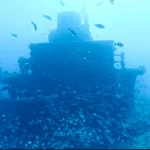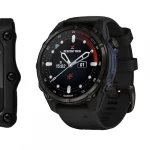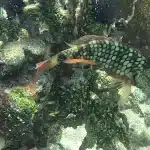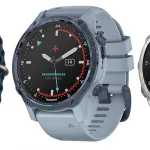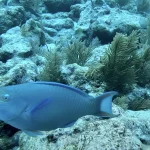Table of Contents
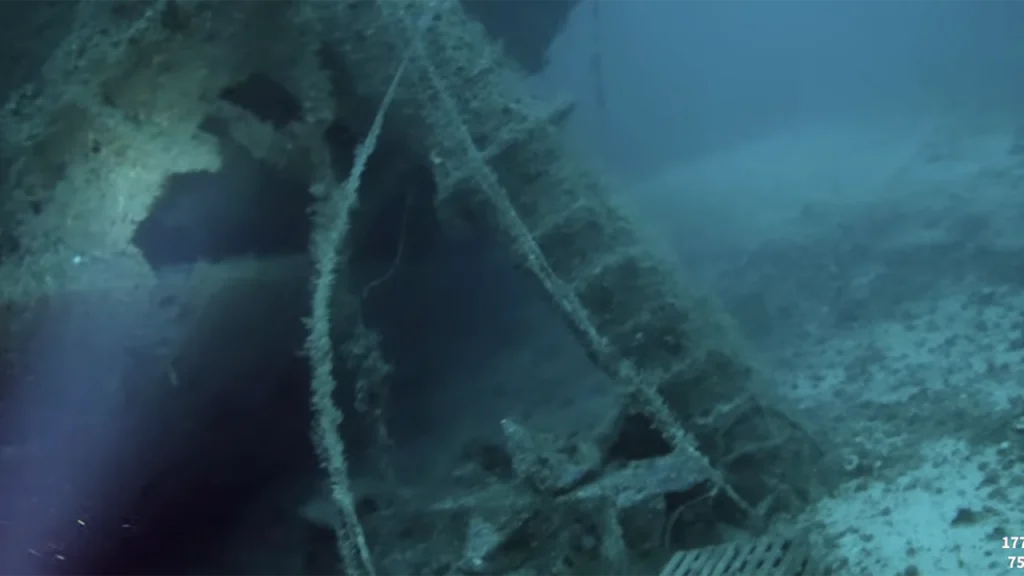
It’s important to note that the wreck has been underwater since 1996 and was damaged by hurricanes in 2004-2005. Marine growth and deterioration will have altered many features. Additionally, the depth of 180 feet limits dive time and may make detailed observation challenging.
Article at a Glance
• Location: Off West Palm Beach, Florida at coordinates 26° 47.280′ N, 79° 59.540′ W
• Depth: Maximum depth of 180 feet (55 meters) with a relief of 30 feet (9 meters)
• History: Launched in 1967 in Japan, served various roles before being intentionally sunk as an artificial reef on November 24, 1996
• Current Condition: Split in two due to hurricanes in 2004-2005; forward section upright, stern lists 90 degrees
• Diving Experience: Deep wreck suitable for advanced divers, offers unique split configuration for exploration
• Marine Life: Likely attracts diverse marine life typical of artificial reefs in the area
• Accessibility: Positioned perpendicular to northward-moving current, allowing divers to easily intersect the wreck
Shipwreck Location Coordinates and Depth
Depth
The wreck sits at a maximum depth of 180 feet (55 meters). It has a relief of 30 feet (9 meters) off the seafloor.
Location Coordinates
The Ande wreck is located at the following coordinates:
- Latitude: 26° 47.280′ N
- Longitude: 79° 59.540′ W
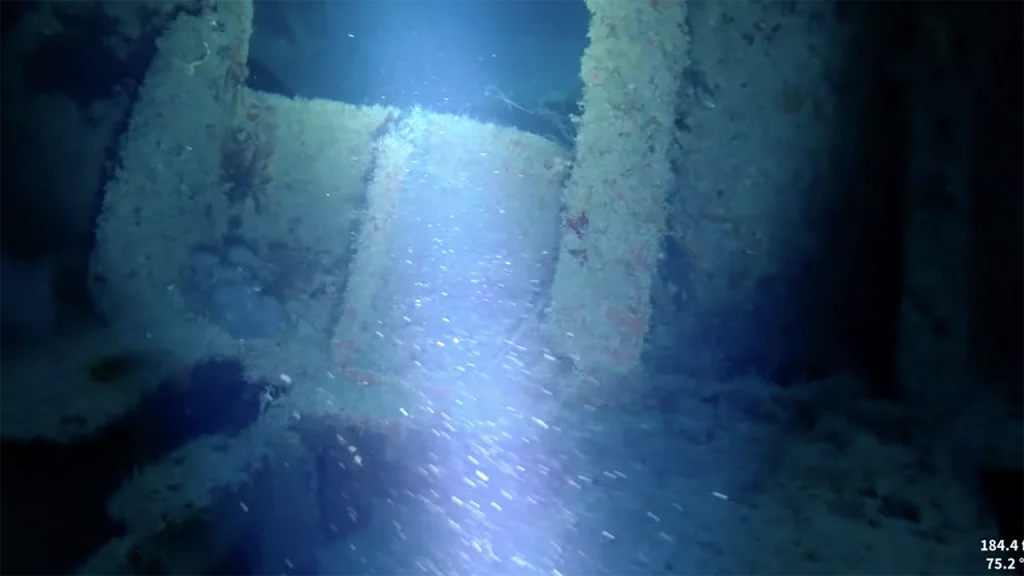
What Do Scuba Divers Say About This Ship
Diving Experience
- Shipwrecks in this area often serve as artificial reefs, attracting diverse marine life.
- Many wrecks are positioned to allow for drift diving with the northward-moving current.
- Some wrecks have broken apart over time due to hurricanes and storms, creating interesting dive sites with scattered debris.
Marine Life
Divers often encounter:
- Schools of jacks and spadefish
- Lemon sharks
- Goliath groupers, especially during spawning season (mid-August through September)
Diving Conditions
- Depths vary, with many wrecks sitting around 90 feet deep
- Currents can range from mild to strong due to proximity to the Gulf Stream
- Visibility can be good, allowing divers to see multiple wrecks in a single dive
Dive Planning
- Many dive operators offer “wreck treks” that allow divers to visit multiple wrecks in one dive
- Using nitrox can help maximize bottom time on deeper wrecks
- Some wrecks offer opportunities for penetration dives for advanced divers
What Kind of Marine Life Can Be Found on The Ship
Microorganisms
- Bacteria and other microbes forming biofilms on surfaces
Invertebrates
- Barnacles
- Tubeworms
- Hydroids
- Sea urchins
- Scallops
- Ascidians (sea squirts)
- Sea stars
- Plumose anemones
- Soft corals like dead man’s fingers
- Sponges
- Crabs and lobsters
Fish
- Various reef fish species
- Wrasses
- Possibly larger predatory fish like groupers
Algae and Corals
- Various algae species
- Possibly hard and soft corals, depending on depth and conditions
Larger Marine Life
- The wreck may attract visits from larger animals like:
Key Information
| Aspect | Details |
|---|---|
| Vessel Type | Former cargo ship |
| Year Sunk | 1996 |
| Sinking Method | Intentionally scuttled as artificial reef |
| Current Condition | Split in two sections due to hurricane damage |
| Dive Difficulty | Advanced (due to depth) |
| Notable Features | Upright forward section, sideways stern section |
| Coordinates | 26° 47.280′ N, 79° 59.540′ W |
| Depth Range | 150-180 feet (46-55 meters) |
| Wreck Length | Approximately 165 feet (50 meters) |
| Best Diving Season | Year-round, but conditions vary |
| Visibility | Generally good, can exceed 100 feet (30 meters) |
| Currents | Can be strong due to Gulf Stream proximity |
What Makes The Ande a Unique Diving Experience
Historical Significance
- The ship has a rich history, having been launched in 1967 in Japan and serving various purposes before being intentionally sunk as an artificial reef in 1996.
- Its deliberate sinking was a spectacle, involving explosive charges and gasoline to create a pyrotechnic display.
Unique Physical Characteristics
- The wreck is split in two due to hurricane damage in 2004-2005, creating an interesting dive site.
- The forward section remains upright, while the stern lists almost 90 degrees on its port side.
- This split configuration offers divers varied exploration opportunities.
Dive Conditions
- The wreck sits at a maximum depth of 180 feet (55 meters), with a relief of 30 feet (9 meters) off the seafloor.
- Its orientation perpendicular to the northward-moving current makes it relatively easy for divers to intersect the wreck.
Accessibility
- Divers can easily approach the wreck by descending just south of it and drifting into the hull.
- The wreck rests on a clean sand bottom, potentially offering good visibility.
Marine Life
While not specifically mentioned for the Ande, artificial reefs in this area often attract diverse marine life, potentially including:
- Schools of fish
- Larger predators
- Coral and other encrusting organisms growing on the structure
Technical Challenge
The depth and split configuration of the wreck may provide an interesting challenge for more experienced divers, possibly offering opportunities for advanced dive techniques or penetration dives (with proper training and precautions).
How Does The Ande Compare to Other Shipwrecks in Florida
Depth and Accessibility
- The Ande sits at a maximum depth of 180 feet (55 meters), which is deeper than many popular wrecks in Florida.
- This depth makes it more challenging and suitable for advanced divers, unlike shallower wrecks that are accessible to beginners or even snorkelers.
Historical Significance
- While not as historically significant as some Spanish galleons from the 1700s, the Ande has its own interesting history as an intentionally sunk artificial reef.
- It lacks the treasure-hunting allure of older wrecks but offers a more modern diving experience.
Physical Characteristics
- The Ande is split in two due to hurricane damage, creating a unique dive site with varied exploration opportunities.
- This split configuration sets it apart from many intact wrecks in Florida waters.
Marine Life
- Like other artificial reefs in Florida, the Ande likely attracts diverse marine life.
- However, it may not have the extensive coral growth of older wrecks or natural reefs.
Diving Experience
- The Ande’s orientation perpendicular to the current makes it relatively easy for divers to approach, which is an advantage over some other wrecks.
- Its depth and configuration may offer more technical diving opportunities compared to shallower, more accessible wrecks.
Location
- Located off West Palm Beach, the Ande is part of a rich diving area but not within the more famous Florida Keys National Marine Sanctuary, which hosts numerous well-known wrecks.
What is The Full History of This Ship
Origins and Early Years
- Launched in 1967 at the Japanese shipyard of Uwajima Zosensho
- Originally named Takasago Maru No. 5
Caribbean Service
- 1970: Purchased by the Caribbean Cement Company and renamed Carib Carrier
- 1972: Renamed New Providence
Later Years and Legal Issues
- 1988: Renamed Jed Carrier and employed by Lewis Stripping to haul lumber to Caribbean ports
- During this period, the ship became involved in several court cases with insurance and lumber companies
Final Years and Artificial Reef Creation
- 1995: Sold to Palm Beach County and renamed Ina Carrier
- November 24, 1996: Intentionally sunk as an artificial reef
- The sinking was a spectacle, involving 24 six-pound plastic explosive charges and 16 cans of gasoline for a pyrotechnic display
- Initially settled upright on the ocean floor at a depth of 190 feet
Post-Sinking Events
- 2004-2005: Several hurricanes caused the wreck to split in half
- Currently, the forward section remains upright, while the stern lists almost 90 degrees on its port side
Present Day
- Now known as the Ande wreck
- Serves as a popular dive site off West Palm Beach, Florida
- Rests at a maximum depth of 180 feet (55 meters) with a relief of 30 feet (9 meters) off the seafloor
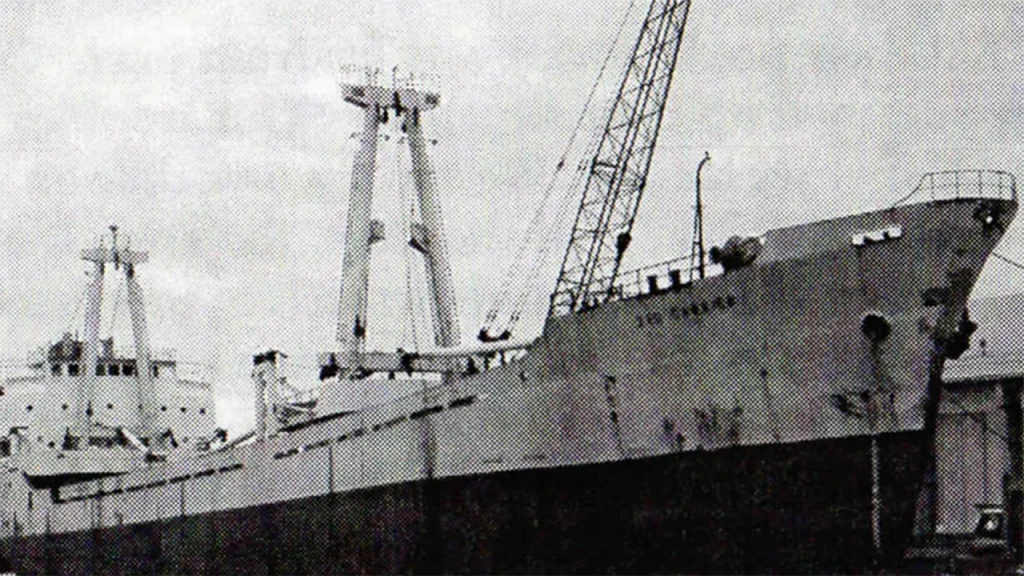
What Historical Features Can Still Be Identified on The Ande Wreck
Hull Structure
- The forward section of the ship remains upright
- The stern section lists almost 90 degrees on its port side
- This split configuration allows divers to observe both upright and sideways sections of the hull
Cargo Hold Areas
- As a former cargo ship, the Ande likely has identifiable cargo hold spaces
Deck Features
- Remnants of deck structures may still be visible, especially on the upright forward section
Propulsion System
- Parts of the ship’s propulsion system, such as propeller shafts or engine components, may be identifiable
Navigation Equipment
- The bridge area, if accessible, might contain remnants of navigation equipment or controls
Ship’s Name
- There’s a possibility that the ship’s name “Ande” or previous names like “Ina Carrier” may still be visible on parts of the hull
Artificial Reef Modifications
- Evidence of modifications made to prepare the ship as an artificial reef might be observable
What Safety Measures Are in Place for Divers Visiting The Ande
Dive Planning and Preparation
- Comprehensive dive planning is essential, considering the depth (180 feet) and potential hazards.
- Divers should have appropriate training and experience for deep diving and wreck diving.
- Equipment checks and buddy checks are crucial before the dive.
Specialized Equipment
- Divers likely need to carry:
Gas Management
- The “rule of thirds” for gas management is commonly used in wreck diving.
- Additional air supply may be recommended, such as hang tanks or pony bottles.
Dive Techniques
- Divers should use proper finning techniques to avoid stirring up silt.
- Good buoyancy control is essential for safe navigation around the wreck.
Buddy System
- Staying close to dive buddies and frequent communication is crucial.
- Regular checks on air pressure and no-decompression time are important.
Penetration Diving Precautions
If penetration is allowed:
- Use of guidelines is mandatory.
- Divers should have specialized training for wreck penetration.
- Extra caution is needed due to potential entanglement hazards and disorientation.
Surface Support
- A well-equipped dive boat with experienced crew is likely required.
- Emergency oxygen and first aid equipment should be available on the boat.
Environmental Considerations
- Divers should be aware of potential strong currents in the area.
- Care should be taken not to disturb the wreck structure or marine life.
Dive Shops That Provide Diving Trips to This Shipwreck
- Narcosis Dive Company
- Address: 200 E 13th St, West Palm Beach, FL 33404
- Phone: (561) 630-0606
- Website: https://narcosisdive.com
- Pura Vida Divers
- Located on Singer Island, West Palm Beach area
- Phone: 888-DIVE-WPB (toll-free)
- Website: https://www.puravidadivers.com
- The Scuba Club (Kyalami Scuba Club)
- Located in West Palm Beach, FL
- Website: https://www.thescubaclub.com

